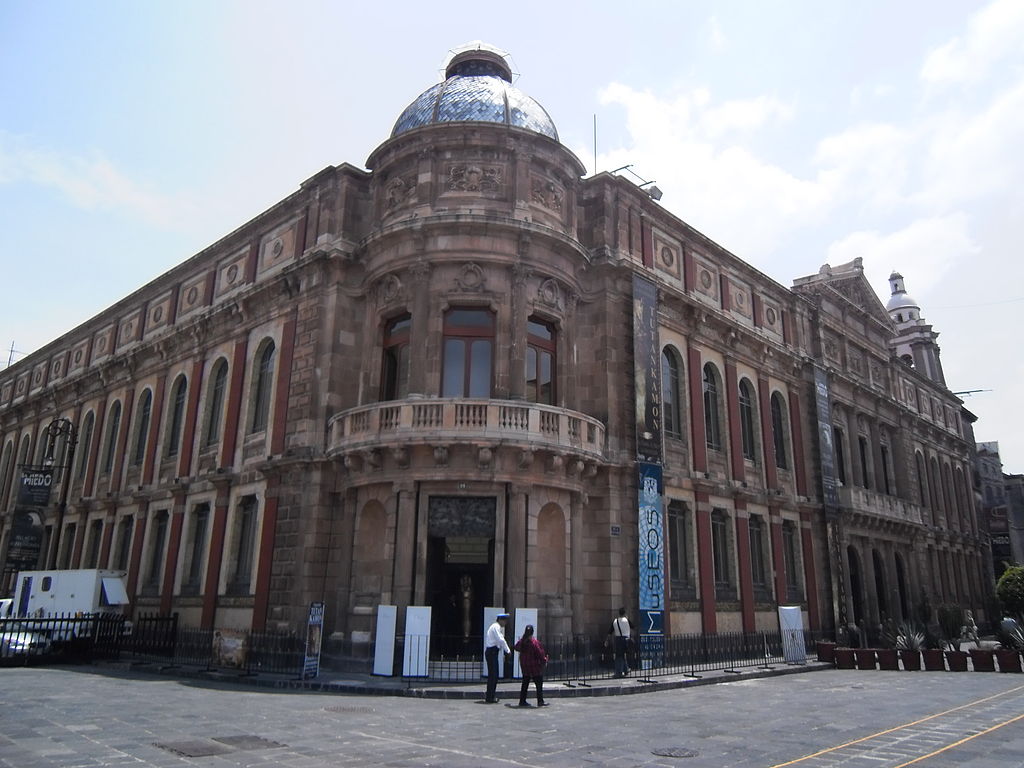
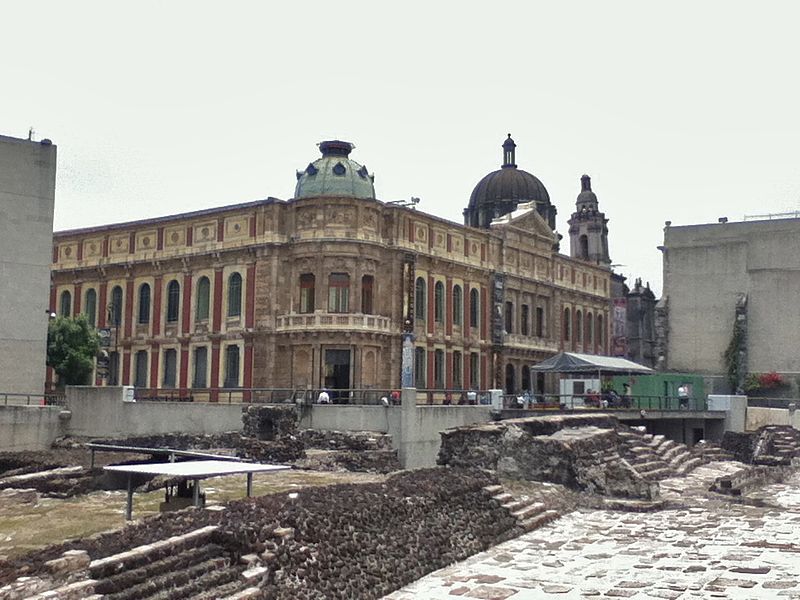
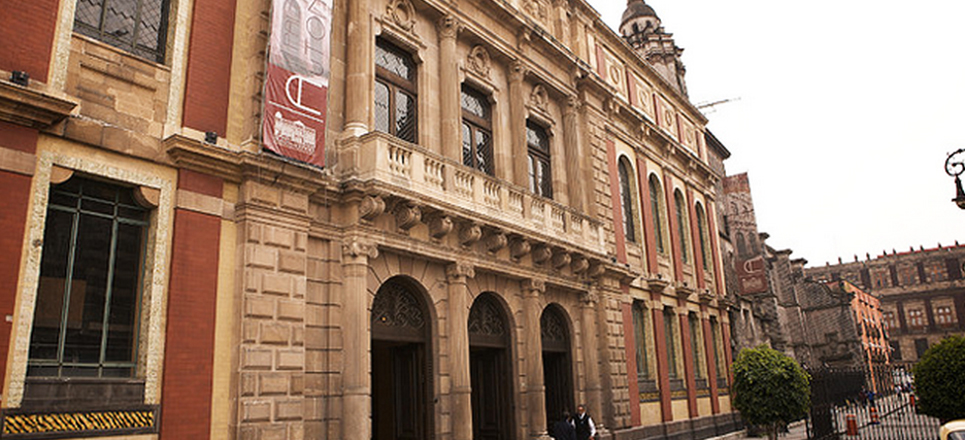

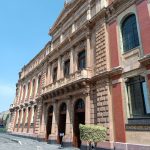 On the ruins of a convent of the Discalced Carmelite nuns, founded in the 16th century, several housing units were built by 1859. In 1890, the Escuela Normal de Maestros, designed by architect Manuel F. Álvarez, was built on the site. The building was later modified by Leopoldo Batres, and housed several offices and university departments.
Renamed the Palace of Autonomy, it was the scene in 1929 of severe police repression against a university strike. This resulted in autonomy for the National University of Mexico by a decree from President Emilio Portes Gil.
On the ruins of a convent of the Discalced Carmelite nuns, founded in the 16th century, several housing units were built by 1859. In 1890, the Escuela Normal de Maestros, designed by architect Manuel F. Álvarez, was built on the site. The building was later modified by Leopoldo Batres, and housed several offices and university departments.
Renamed the Palace of Autonomy, it was the scene in 1929 of severe police repression against a university strike. This resulted in autonomy for the National University of Mexico by a decree from President Emilio Portes Gil.
Heart of México Walking Route: Moneda-Santísima
< < Casa de las Campanas |Templo de Santa Inés > >
Proyecto “Corredor de Cultura Digital”.
Nombre de la investigación: Investigación Centro Histórico, Monumentos, Edificios y Puntos de Interés (2023)
Dirección de investigación y diseño de Rutas: Acércate al Centro A.C. Guadalupe Gómez Collada
Coordinación e investigación histórica: Fideicomiso del Centro histórico Dir. Maestra Loredana Montes
 direccionautonomia@hotmail.com
direccionautonomia@hotmail.com
 +52 (55) 5491 1112
+52 (55) 5491 1112
 http://www.fundacionunam.org.mx/palacio-de-autonomia/
http://www.fundacionunam.org.mx/palacio-de-autonomia/
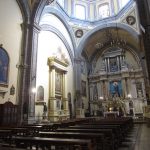
The first target of the counter-reformational Academy of Art . . .
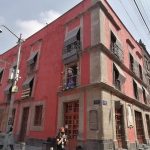
One of the Center City's most important cultural centers with a small fascinating museum...
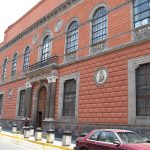
The first Academy and Museum of Fine Arts in the Americas...
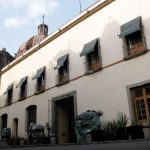
The former Santa Inés Church & Convent provides some lively competition on a City Center street.
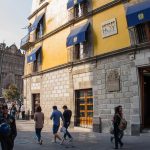
A museum dedicated to one of the oldest institutions in the hemisphere and its long role in Mexico City.